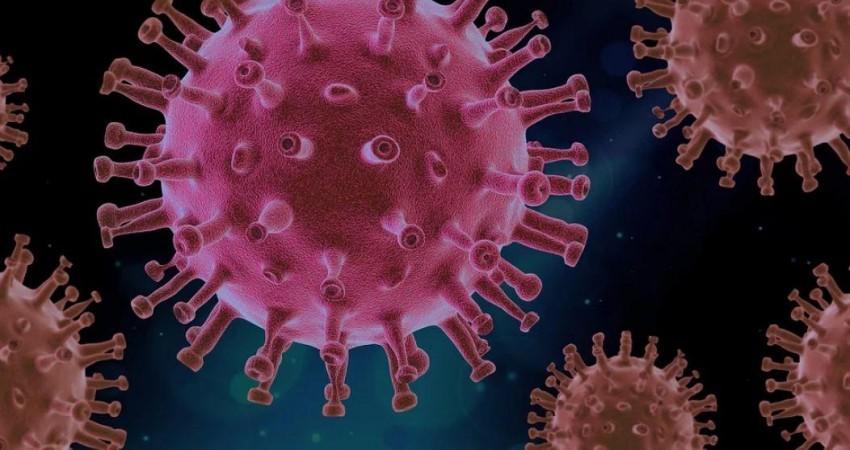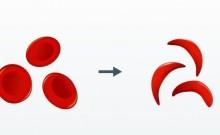An old adage says, "Poison kills poison." What if this held true for COVID-19? What if the SARS-CoV-2 coronavirus could be pitted against itself? Well, with some luck, this could become a reality someday. A new study has reported the development of a harmless synthetic defective SARS-CoV-2 virus that can interfere with the real pathogen's growth, and lead to both their extinctions.
The study by scientists from Pennsylvania State University describes the designing of a proof-of-concept therapeutic involving synthesized SARS-CoV-2. It was found that the synthetically altered genome can replicate 3.3 times faster than the genome of the wild-type virus, which resulted in the decline of the viral load of the wild-type by half in 24 hours.
"In our experiments, we show that the wild-type [disease-causing] SARS-CoV-2 virus actually enables the replication and spread of our synthetic virus, thereby effectively promoting its own decline. A version of this synthetic construct could be used as a self-promoting antiviral therapy for COVID-19," said Dr. Marco Archetti, corresponding author of the study, in a statement.
Parasites of Real Viruses

When a cell is attacked by a virus, the pathogen attaches itself to the surface of the cell. Following this, the virus injects its genetic material—RNA in the case of SARS-CoV-2—into the cell. Ultimately, the cell is tricked into replicating and manufacturing the viral genetic material and producing its virions. These viral particles then burst out of the cell and head towards other cells to infect them.
Defective interfering (DI) viruses are those which possess several omissions in the genomes—from the original viral genome—which hampers their ability to replicate their genetic material and bundle them into virions. Nevertheless, DI genomes can carry out these functions in the event of the cell they have infected having genetic material from the wild-type virus. In such a case, the DI genome will be able to hijack a wild-type genome's machinery of replication and packaging.
"These defective genomes are like parasites of the wild-type virus," remarked Dr. Archetti. He explained that a wild-type genome's machinery is used by a DI genome, it can also inhibit the growth of the wild-type genome. He added: 'Given the shorter length of their genomes as a result of the deletions, DI genomes can replicate faster than wild-type genomes in coinfected cells and quickly outcompete the wild-type."
Engineering New Genomes

For the study, the authors engineered short synthetic DI genomes using portions of the genome from the wild-type SARS-CoV-2 virus. Next, they introduced these re-constructed genomes into cells of African green monkeys that had already been infected with the original virus. Following this, the relative number of the and wild-type genomes in the cells were quantified over different time points. This provided an estimate of how much the DI genome interfered with the wild-type genome.
The researchers learned that only 24 hours after infection, the quantity of SARS-CoV-2 was reduced by nearly half by the DI genome. This was in comparison to the quantity of the original strain in control experiments. The team also gleaned that the quantity of the DI genome increased 3.3 times faster than the wild-type virus.
Reduced Viral Load

Dr. Archetti noted that a reduction of 50 percent in the viral that was seen during the course of 24 is not sufficient for therapeutic purposes. However, it is likely as the frequency of DI genomes rises in the cell; the reduction in the numbers of the wild-type virus may lead to the death of both the DI genome and the virus, as the former cannot survive after driving the latter out.
According to the author, additional experiments are required to test the possibility of using SARS-CoV-2 DIs as an antiviral treatment against COVID-19. This suggests that the experiments can be replicated in cell lines of the human lungs and also against newer variants of the coronavirus. He added that an effective delivery mechanism will also have to be developed.
In unpublished research, the scientists have now utilized nanoparticles as a vector for delivery and noted that the virus reduces by over 96 percent in 12 hours. "With some additional research and fine-tuning, a version of this synthetic DI could be used as a self-sustaining therapeutic for COVID-19," concluded Dr. Archetti.











